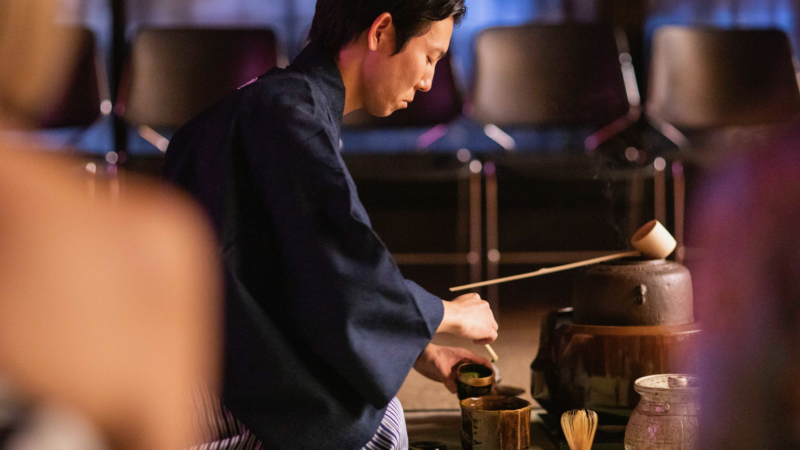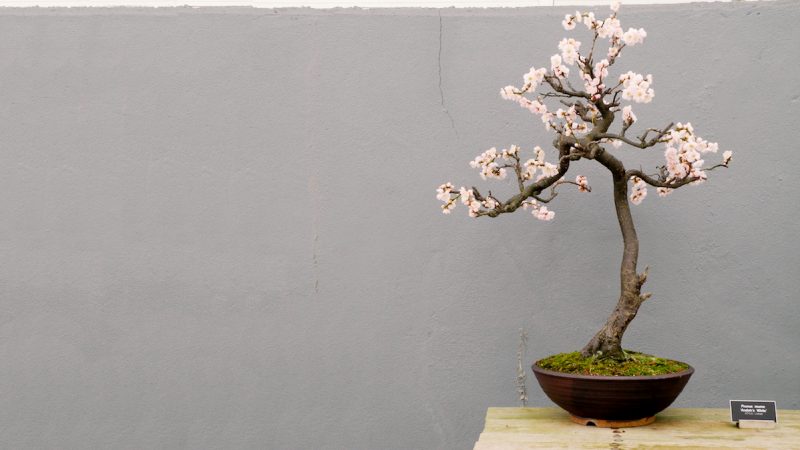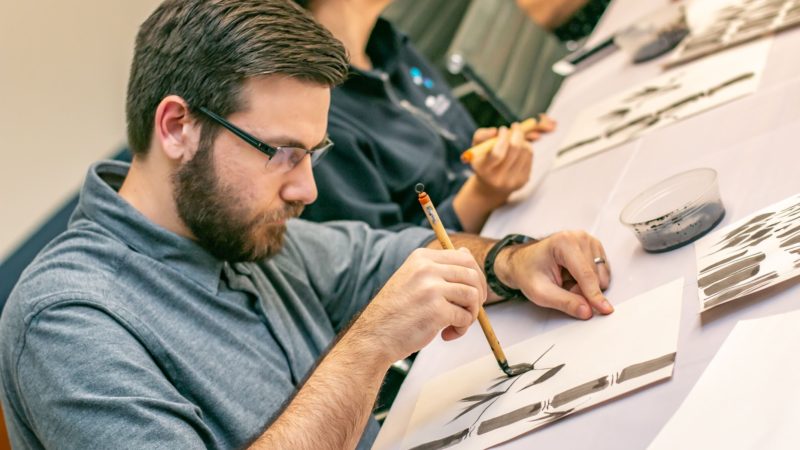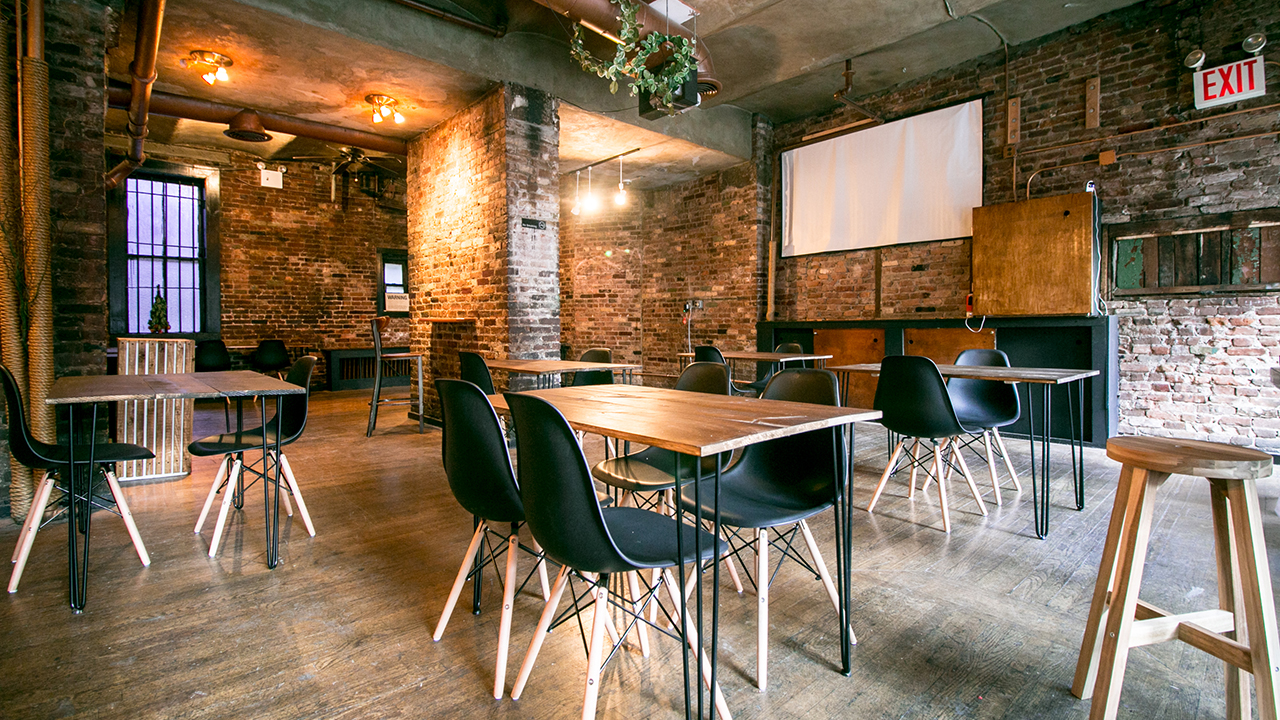Deborah Klens-Bigman, Ph.D. ◆ June 29, 2016
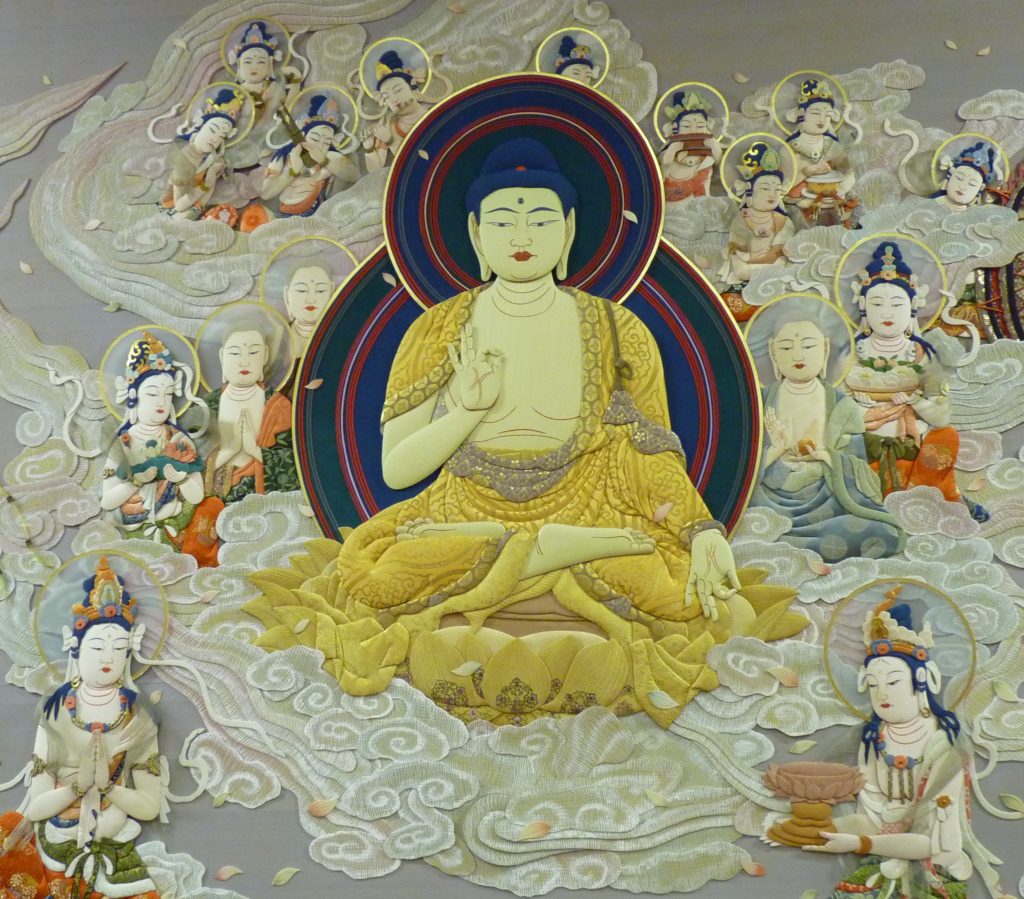
Last week, one of the students came in to the swordsmanship class late. He did a fast bow and raced to start practice. I stopped him. “Please do the reishiki before joining class,” I said. After he had completed briefly sitting still, then performing the series of three bows we normally do at the start of class (to the shinzen, the teacher on the floor, and the sword itself) he was free to join us.
The general outline of our reishiki, which is fairly standard in my experience, is that first, the teacher or a senior student calls out “Mokusou!” (黙想 – もくそう ) and we sit quietly for a few seconds. Even though “mokusou” is a call for meditation, it’s fine to just sit quietly, breathe and relax. After someone calls “yame” (止め) to end our sitting still, we then perform the three bows and begin practice. After practice, we perform the same “quiet time” followed by the three bows in reverse order.
Why did I insist on this small ritual as a preamble to starting practice? Performing reishiki has several important functions; however, none of them have anything to do with religious practice. All of us have jobs and busy lives. Sometimes we get stuck at work, or on the train, and we cannot get to practice on time. Even if we are on time for practice, we may have had a bad day, either due to work or personal issues, or even some combination of the two. The dojo is a place to relax, maybe even have a little fun, but most importantly, to focus on our practice. Racing onto the floor, still flustered at being late, means our minds are naturally still focused on the world outside. In all likelihood, after about 10 minutes, we will calm down enough to settle in to practice, but why take that long when spending less than five minutes doing reishiki will accomplish the same thing, and do a better job of it?
Even though we always practice safely and both iaido and jodo are kata practice only, swords and sticks are nothing to move about with less than good concentration. The student who does not take a moment to calm himself at the beginning of practice will not be able to properly pay attention to whatever the group is doing. While the danger to others is fairly minimal, someone who feels rushed may pose a danger to herself, however minor. In any case she will not have a good practice, because her mind will still be on whatever she left behind in order to come to class.
It’s true that we no longer have the luxury that I had at the beginning of my training. We used to have the keys to the space, being the last group to use it, and practice could take anywhere from two hours to three (or longer), depending on who was teaching, and what we were working on. Even though we had the same rule about following reishiki, it was certainly possible to “cheat” on reishiki, join okeiko and still get some good from it when practice time was as open-ended as it was. Today, things are different. Rental time costs more; and classes are consequently shorter. It’s in everyone’s interest to make the most of practice time. Taking a few minutes to calm down and center one’s mind is really the best way to get the most benefit out of however much time there is.

